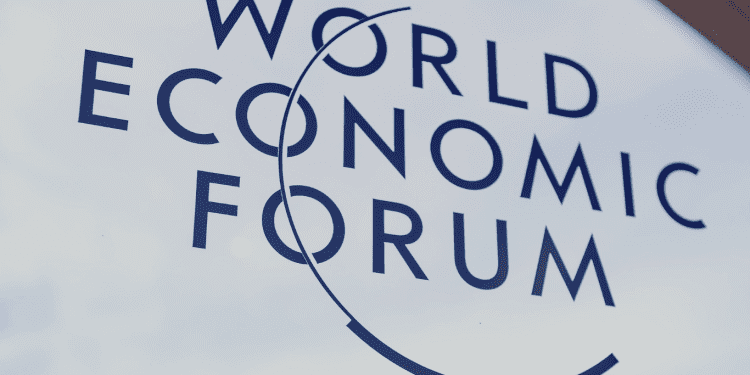Crypto assets’ emergence has created a complex regulatory landscape that varies across jurisdictions. To address this challenge, the World Economic Forum (WEF) has published a whitepaper entitled “Pathways to the Regulation of Crypto-Assets: A Global Approach.”
This article summarizes key insights from the whitepaper, highlighting the importance of a coordinated global regulatory framework for crypto assets enabled by decentralized ledger technology (DLT).
Understanding Crypto-Assets and Regulatory Challenges
Crypto assets, including cryptocurrencies and stablecoins, have experienced remarkable growth, prompting regulators to examine their benefits, risks, and implications. The whitepaper emphasizes vulnerabilities in code, accountability concerns, and regulatory fragmentation across jurisdictions. It underscores the need for regulatory clarity, international cooperation, and a coordinated approach.
The decentralized and transparent nature of the crypto-asset ecosystem presents technical and structural challenges for regulators. For example, on-chain transactions offer advantages but do not align neatly with existing centralized financial frameworks (as they are not supposed to by design, the WEF can’t seem to comprehend this). In addition, identifying the origin, participants, and accountability within decentralized systems is complex and remains a significant challenge for regulators.
Achieving anonymity or identifying legal persons behind transactions is difficult, despite the traceability of DLT-based transactions. The whitepaper highlights dispersed accountability, especially in scenarios involving multiple actors or decentralized autonomous organizations (DAOs). Additionally, the interconnectedness and adoption of crypto assets raise concerns about financial stability, necessitating consistent regulatory frameworks and prudential norms.
Coherence in Definitions and Taxonomies
The whitepaper holds that a lack of consensus on definitions, taxonomies, and classifications contributes to regulatory complexity. Different jurisdictions use varied terms and definitions, hindering coherence (do they, though?). Establishing a common minimum understanding is crucial for effective global regulation. Harmonizing licensing obligations, registration requirements, and definitions will promote clarity and streamline regulatory efforts.
Regulatory Approaches
The whitepaper explores various regulatory approaches to managing crypto assets. Principle-based regulations offer flexibility and clear guidance, while risk-based regulations tailor interventions based on risk levels. The agile rule emphasizes iterative development, regulatory sandboxes, and industry collaboration.
Self-regulation allows industry participants to establish voluntary standards, while coregulation combines industry-driven standards with regulatory oversight. Finally, regulation by enforcement is necessary to address fraud and market manipulation but should not be the sole approach.
According to the WEF, coordination and international cooperation are paramount to achieving a globally coordinated regulatory framework. International organizations like the Financial Stability Board (FSB) and the Financial Action Task Force (FATF) play a crucial role in addressing common risks and recommending actions. In addition, close coordination among law enforcement agencies is necessary for consistent enforcement globally.
Conclusion
The WEF whitepaper highlights the need for a global approach to regulating crypto assets enabled by DLT. Understanding the challenges, addressing technical and structural hurdles, ensuring identification and accountability, mitigating financial stability risks, and establishing coherent definitions and taxonomies are essential in building a practical regulatory framework.
The paper explores various regulatory approaches and emphasizes the importance of coordination, industry collaboration, and international cooperation. Policymakers and regulators must continuously adapt and strive for consensus to foster a safe, transparent, and thriving digital asset market as the crypto-asset ecosystem evolves.














